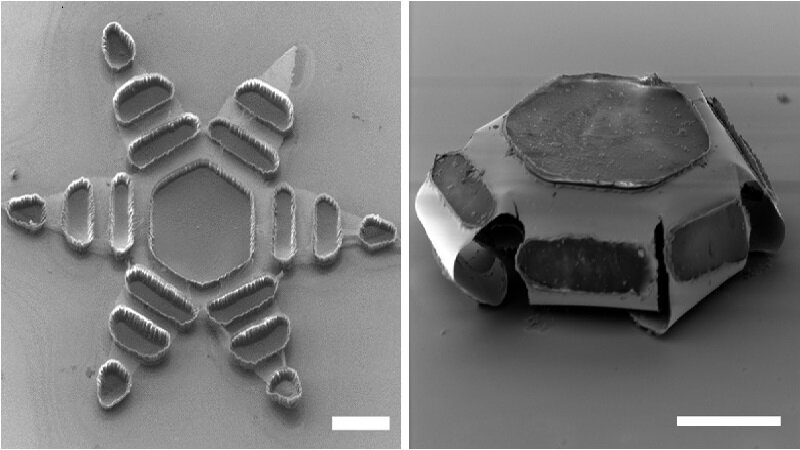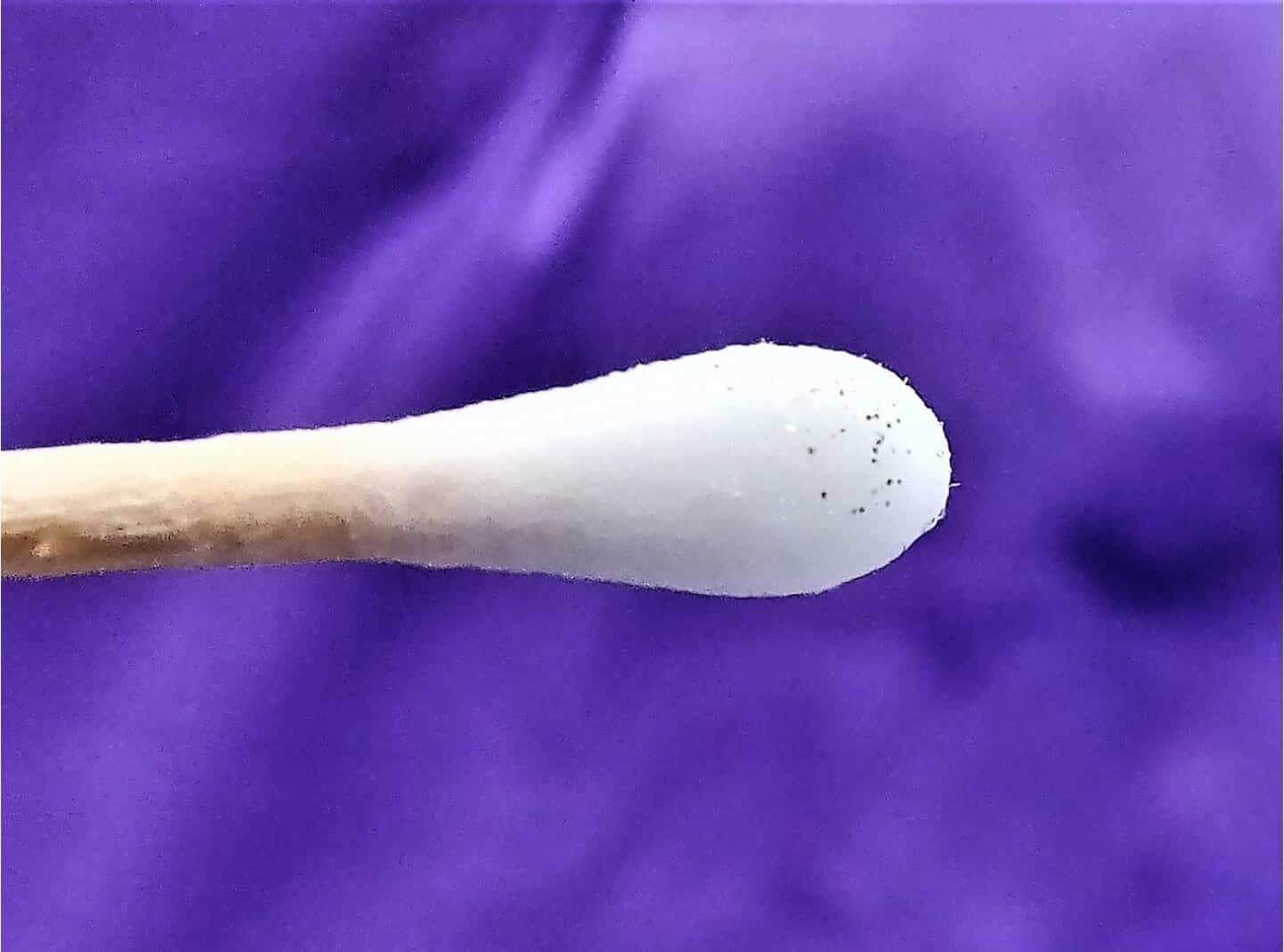Tiny Machines to Deliver Medicines Engineered by Johns Hopkins Researchers
A star-shaped, miniature microdevice that can deliver drugs into the body by latching onto the intestinal mucosa has been engineered by Johns Hopkins researchers after they were inspired by a parasitic worm that uses its sharp teeth for digging into the intestines of its host.

Shape-changing microdevices mimicking the way the parasitic hookworm latches itself onto the intestines of an organism were designed and tested by a team of biomedical engineers and Johns Hopkins researchers led by David Gracias, Ph.D., and Florin M. Selaru, M.D.
These microdevices, “theragrippers,” can potentially take any drug and deliver it gradually into the body and are made of metal and shape-changing, thin-film, and coated in heat-sensitive paraffin wax.
In the journal Science Advances, the results of an animal study were reported by the research team.
An aim in medicine for a long time is the gradual or extended-release of a drug. But with extended-release drugs, before they’ve completed distributing their medication, they usually make their way entirely through the gastrointestinal tract, which is a problem, explains Selaru.
Selaru said, “Extended-release drugs staying in the intestine for a sufficient period of time for the patient to receive the full dose becomes impossible due to the normal constriction and relaxation of GI tract muscles. In order to keep the drug load inside the GI tract for a desired duration of time, we have designed these small drug carriers that can autonomously latch onto the intestinal mucosa.”
In the GI tract, deploying hundreds of theragrippers is possible. The devices close autonomously and clamp onto the colonic wall when the paraffin wax coating on the grippers reaches the temperature inside the body. The tiny, six-pointed devices are caused to dig into the mucosa by the closing action and they stay fixed to the colon, where they are held and their medicine payloads are released into the body gradually. Then finally, via a normal gastrointestinal muscular function, the theragrippers clear out from the intestine when they lose their hold on the tissue.
Gracias said, “Theragrippers operate like compressed, small springs on the devices with a temperature-triggered coating that discharges the energy stored autonomously at body temperature and do not depend on external controls, wireless signals, or electricity.”

Around 6,000 theragrippers per 3-inch silicon wafer were fabricated on the devices by the John Hopkins researchers. A pain-relieving drug was loaded onto the grippers in their animal experiments. It was found from these experiments that when compared to the control group, there were higher concentrates of the pain reliever in the bloodstream of the animals into which theragrippers were administered. In the control group, the drug remained up to 2 hours, whereas, it stayed almost 12 hours in the test subjects’ systems.
Source
Tiny Machines to Deliver Medicines



